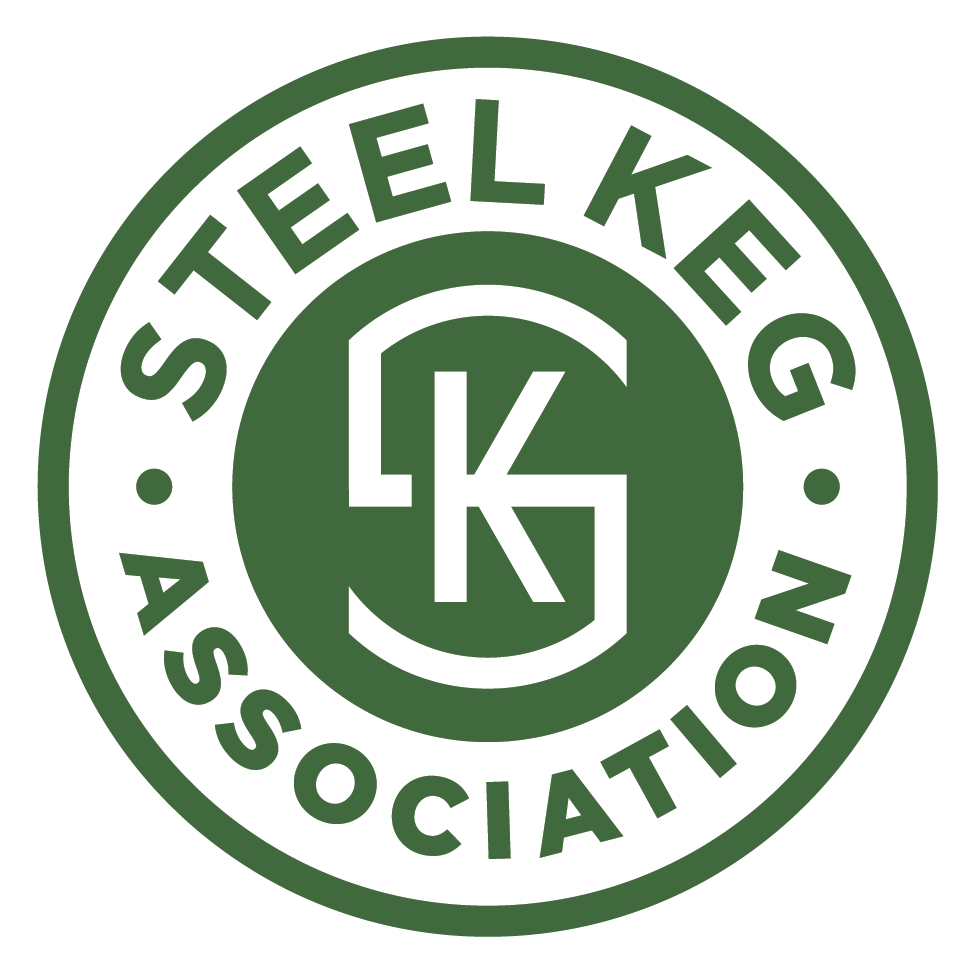Emerging Trends for Draft Beer in 2025: What Bars, Pubs, and Restaurants Need to Know
As the hospitality industry continues to evolve, draft beer remains a cornerstone of the beverage offering in bars, pubs, restaurants, and venues. By 2025, the draft beer landscape is set to undergo significant changes, driven by consumer preferences, technological advancements, and sustainability initiatives. For businesses that rely on steel kegs to serve their customers, staying ahead of these trends is crucial to maintaining a competitive edge. Here are the top trends shaping the future of draft beer and why they matter for your business.
1. Sustainability Takes Center Stage
Sustainability is no longer a buzzword—it’s a business imperative. By 2025, consumers will increasingly demand eco-friendly practices from the bars and restaurants they frequent. Steel kegs, known for their durability and reusability, are already a sustainable choice compared to single-use packaging. However, the trend will extend beyond the keg itself.
Key Developments: Expect to see more breweries and distributors adopting carbon-neutral practices, such as using renewable energy in production and optimizing transportation routes to reduce emissions.
Why It Matters: Bars and restaurants that highlight their commitment to sustainability, such as using steel kegs from eco-conscious breweries can attract environmentally aware customers and enhance their brand reputation [Nielsen, "Sustainability in Beverage Trends", 2023].
2. Rise of Hyper-Local Craft Beer
The craft beer movement shows no signs of slowing down, but by 2025, the focus will shift toward hyper-local breweries. Consumers are increasingly interested in supporting local businesses and experiencing unique, region-specific flavors.
Key Developments: More bars and pubs will partner with local breweries to offer exclusive draft beers on tap, often served in steel kegs to preserve freshness and quality. The Brewers Association reports that local craft beer sales grew by 8% in 2022, outpacing the overall beer market.
Why It Matters: Offering hyper-local craft beer can differentiate your establishment from competitors and create a sense of community. Steel kegs are ideal for maintaining the integrity of these small-batch brews [Brewers Association, "Craft Beer Growth Report", 2022].
3. Smart Dispensing Technology
Technology is revolutionizing how draft beer is stored, dispensed, and monitored. By 2025, smart dispensing systems integrated with steel kegs will become the norm in forward-thinking establishments.
Key Developments: IoT-enabled kegs and taps will provide real-time data on beer temperature, carbonation levels, and pour accuracy, ensuring optimal quality and reducing waste.
Why It Matters: Smart technology can improve operational efficiency, reduce costs, and enhance the customer experience by ensuring every pint is perfect [McKinsey & Company, "IoT in Food and Beverage", 2023].
4. Flavor Innovation and Experimental Brews
Consumer palates are becoming more adventurous, and breweries are responding with innovative flavors and brewing techniques. From sour beers to hazy IPAs and barrel-aged stouts, the variety of draft beer options will continue to expand.
Key Developments: Expect to see more seasonal and limited-edition brews served in steel kegs, which are ideal for preserving complex flavors.
Why It Matters: Offering a diverse and rotating selection of draft beers can attract beer enthusiasts and encourage repeat visits. Steel kegs ensure that these specialty brews are delivered in peak condition ["Global Craft Beer Market Report, 2021-2028"].
5. Enhanced Customer Experiences
In 2025, the way draft beer is served will be as important as the beer itself. Establishments will focus on creating memorable experiences that go beyond the standard pint.
Key Developments: Interactive beer walls, self-serve taps, and guided beer-tasting events will become more popular. Steel kegs will remain the backbone of these systems due to their reliability and ease of use. A survey by Technomic found that 60% of consumers are more likely to visit a venue that offers interactive or experiential dining and drinking options ["Consumer Dining and Drinking Preferences," Technomic, 2023].
Why It Matters: Unique serving experiences can drive customer engagement and increase sales. Steel kegs are versatile enough to support these innovative setups.
[Source: Tap Republic, Itaewon, Seoul]
6. Health-Conscious Options
As health and wellness trends continue to influence consumer choices, low-alcohol and non-alcoholic draft beers will gain traction. By 2025, these options will no longer be an afterthought but a key part of the draft beer lineup.
Key Developments: Breweries are investing in advanced brewing techniques to create flavorful low-ABV and non-alcoholic beers that can be served on tap. The No- and low-alcohol beer category will grow by 8% annually through 2025 [IWSR Drinks Market Analysis, "No- and Low-Alcohol Trends," 2023].
Why It Matters: Catering to health-conscious customers can expand your customer base and increase sales during traditionally slower periods, such as weekday afternoons.
Conclusion: Why These Trends Matter to Your Business
The draft beer industry is poised for exciting changes in 2025, and steel kegs will remain a vital component of this evolution. For bars, pubs, restaurants, and venues, embracing these trends—whether through sustainability initiatives, local partnerships, or innovative serving methods, can drive customer loyalty, boost revenue, and set your establishment apart from the competition.
By staying informed and adapting to these shifts, you can ensure that your draft beer offering remains fresh, relevant, and appealing to your customers. After all, in the hospitality industry, the perfect pint is more than just a drink, it’s an experience.
At the Steel Keg Association, we're proud to support the future of draft beer through our commitment to a circular, sustainable beverage economy.
Sources:
Nielsen, "Sustainability in Beverage Trends," 2023.
Brewers Association, "Craft Beer Growth Report," 2022.
McKinsey & Company, "IoT in Food and Beverage," 2023.
Image, "Tap Republic", Itaewon, Seoul, 2017.
Global Craft Beer Market Report, "Global Craft Beer Market Report”, 2021–2028.
Technomic, "Consumer Dining and Drinking Preferences," 2023.
IWSR Drinks Market Analysis, "No- and Low-Alcohol Trends," 2023.






